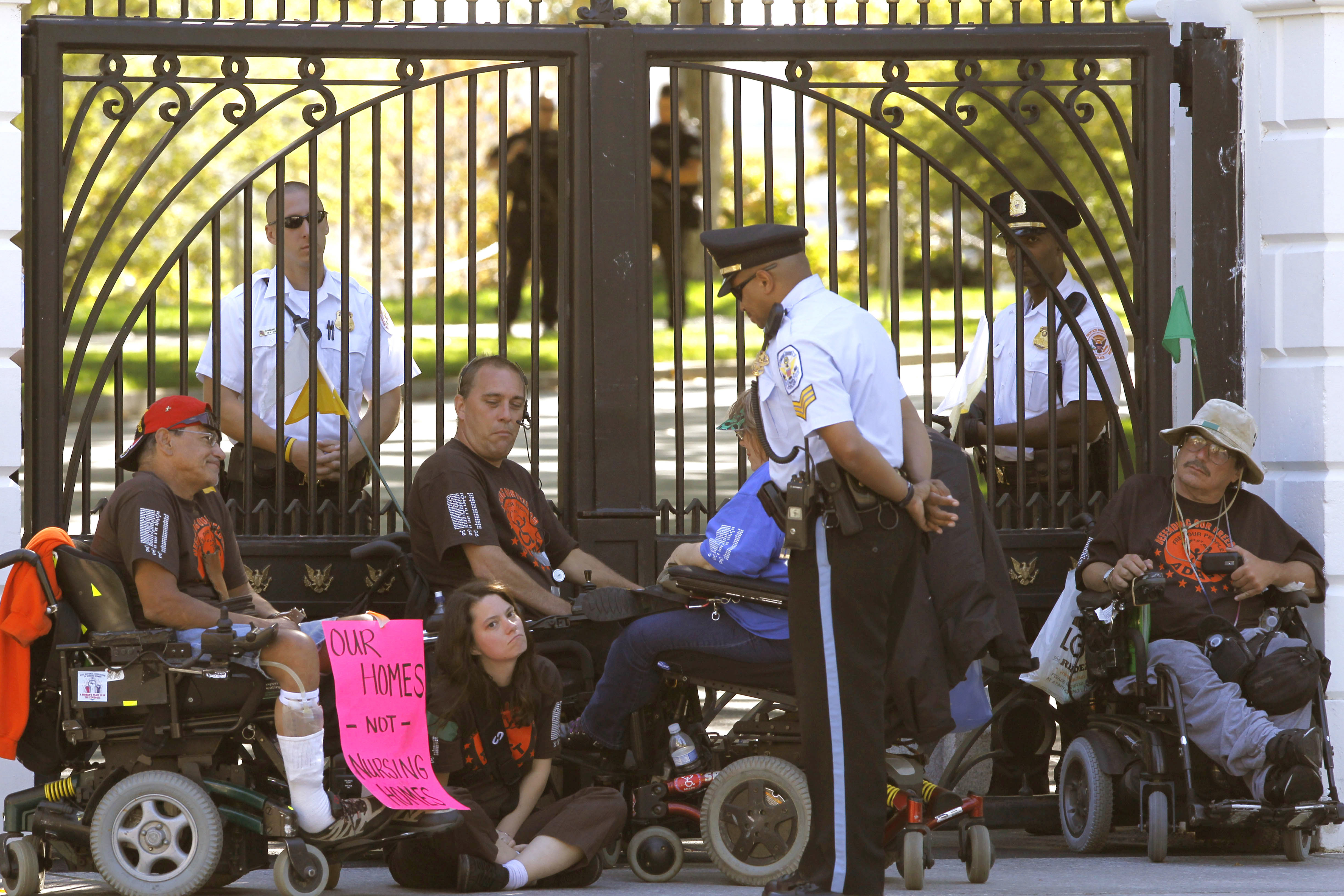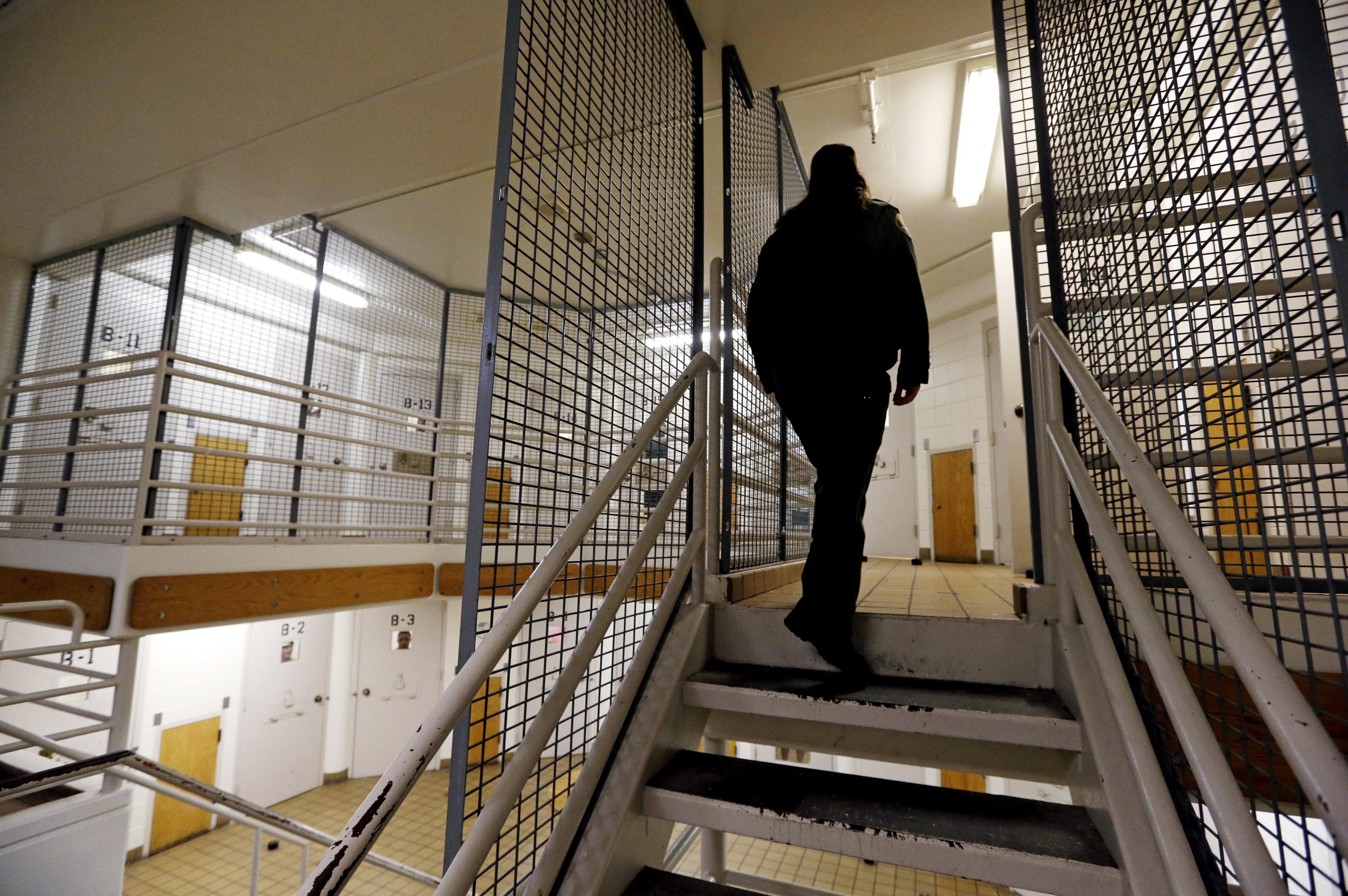This year, we commemorate the 25th anniversary of the Americans with Disabilities Act (ADA) and recognize the achievements and progress of people with disabilities. While I appreciate the labor and sacrifices of generations of people in the disability rights movement, I can’t help but have a slightly jaded view of the ADA festivities in light of the current status of people with disabilities.
Despite the passage of the law, disparities in healthcare, education, and economic security continue to undermine the ability of people with disabilities to live in the community and to fully participate in every aspect of society.
I wonder how it is that in 2015, the labor force participation rate for people with disabilities (31%) is less than half that of non-disabled people (81%); that people with disabilities who use Medicaid-funded personal assistance services are unable to move from state to state without risking a reduction in their services; that people with disabilities who receive Supplemental Security Insurance (SSI) cannot save for the future because they are hindered by outdated asset limitations, which needlessly trap people in poverty; and that people with disabilities can face marriage penalties due to Medicaid and SSI policies regarding income and assets.
If the mission of the ADA is to prevail, these counterproductive policies must be reformed. Because how else can some segments of the disability population fully participate in society?
Challenging these insidious public policies requires listening to the stories and experiences of people with disabilities—and dismantling the idea that living with a disability is either something to be pitied or an inspirational act.
To that end, I often share my own story as a disabled Asian American woman and a person who uses consumer-directed Medicaid personal assistance services, arguing that these services are a basic human right. It was with that goal in mind that I also launched the Disability Visibility Project (DVP), a community partnership with StoryCorps. The project encourages people with disabilities to record their oral histories and to foster conversation on the lived experience of disability.
The following are just a few of the many stories we have collected through the project:
Ingrid Tischer on disability and work
… if you don’t have a disability, you know, basically you are encouraged to always present yourself in terms of what you can do. That’s your identity, hopefully, if you have a healthy sense of self. The things that you can’t do are simply the things you haven’t learned how to do yet, or that you didn’t really care about in the first place. It feels like the message that a person with a disability gets is your identity is based on what you’re unable to do.
(For extended audio clip with text click here.)
Mia Mingus on disabled women of color and able-bodied conceptions of work
So what does it mean then to be a disabled woman of color and to really be like, putting forth questions around work? And what does work mean? What does it mean to be a woman of color who can’t work? Or who is not able to work as much, right? And like, in some ways I feel like it’s totally oppression that like makes us work harder…I think about that a lot around like, yeah, disability and aging.
(For extended audio clip with text click here.)
Yomi Wong on economic justice and people with disabilities
…I think the next frontier, and I know that there are people working on this and talking about it, so it’s not like some nuanced idea is really economic justice for people with disabilities. I mean, we are among the poorest of the poor in this country, the most unemployed or underemployed demographic and you know, I think economic justice is really the next fight, and it, it’s the fight now, right? And it’s the fight in the future.
(For extended audio clip with text click here.)
Economic security is indeed the big elephant in the room when it comes to disability policy. Everyone knows it’s there, it stinks, and few have the political will to do anything about it. All the while, people with disabilities are being left behind. Storytelling is one way to change this dynamic. By gathering individual narratives into a larger collective voice, we can provide a sense of urgency, and push for a transformative shift in the relationship between the state and people with disabilities.
All researchers, policymakers, and activists have a role to play in creating social change and expanding opportunity for people with disabilities. But the lived experiences of people with disabilities must be at the center of that process. I encourage people with disabilities to record and share the stories of their lives, and for people who work on disability policy to learn from our stories as we work to further inclusion and justice over the next 25 years.








 country. Civil legal aid attorneys now have new tools to bring these cases with pleadings and a legal outline on the new
country. Civil legal aid attorneys now have new tools to bring these cases with pleadings and a legal outline on the new 


